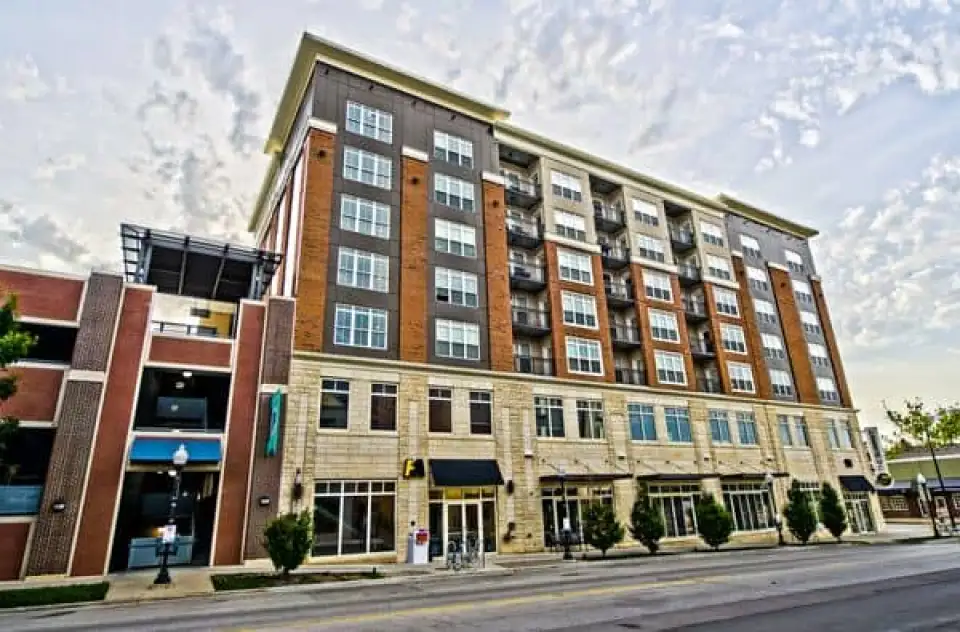
Numerous examples across North America are proving that Passive House is possible in multi-family construction, even on affordable housing budgets.
In addition to the Passive House standard measurement of air changes per hour between indoors and outdoors, many project teams of multi-family buildings are considering another measure of air and the stuff it carries – from unit to unit. Even on non-Passive House projects, this concept – called compartmentalization – has ticked upward as awareness has grown of occupants’ expectations for comfort and health in their living spaces.
What is compartmentalization, specifically? On any building with adjacent living units, compartmentalization is the idea that, in addition to isolating the outside from the inside in terms of energy efficiency, you’re also isolating one unit, or conditioned living system, from the influence of the other unit or system.
There are a number of advantages of compartmentalizing a multi-unit building, according to David Boyer, president and CEO of PROSOCO, a Lawrence, Kan.-based manufacturer of specialty construction products.
“The acoustical isolation provided by compartmentalization is underplayed,” Boyer says. “It’s significant. So much of the sound we hear when we’re sleeping in a hotel room with a snorer in the next room is the lack of air-sealing to control that.”
Health is another big component. “If you’re not compartmentalized and someone in your neighboring unit is ill, you’re subject to that same illness literally coming through the cracks in the walls,” Boyer says.
Transmission of odors as well as smoke are two more benefits. By no coincidence, the concept of compartmentalization lit up in Seattle around the same time that recreational marijuana became legal in the city, says Zack Semke, Director of Passive House Accelerator in Seattle.

Deliberate compartmentalization
Boyer advocates for a deliberate method, or a manual method, of compartmentalization. A deliberate method uses a fluid sealant material that’s low in water content and intentionally designed to minimize shrinkage and adhere firmly to the exact part of the assembly intended, whether it’s the demising wall between living units, the juncture of the bottom plate and floor system, drywall seams, door jambs, or bottom plates.
Here’s one way to air-seal to deliberate compartmentalization with a fluid-applied material: https://www.instagram.com/p/CpTIJ-Cpx3j/
Want to learn more about air-sealing to compartmentalize? Get in touch with one of PROSOCO’s representatives to get answers to your specific questions, or call 800-255-4255.